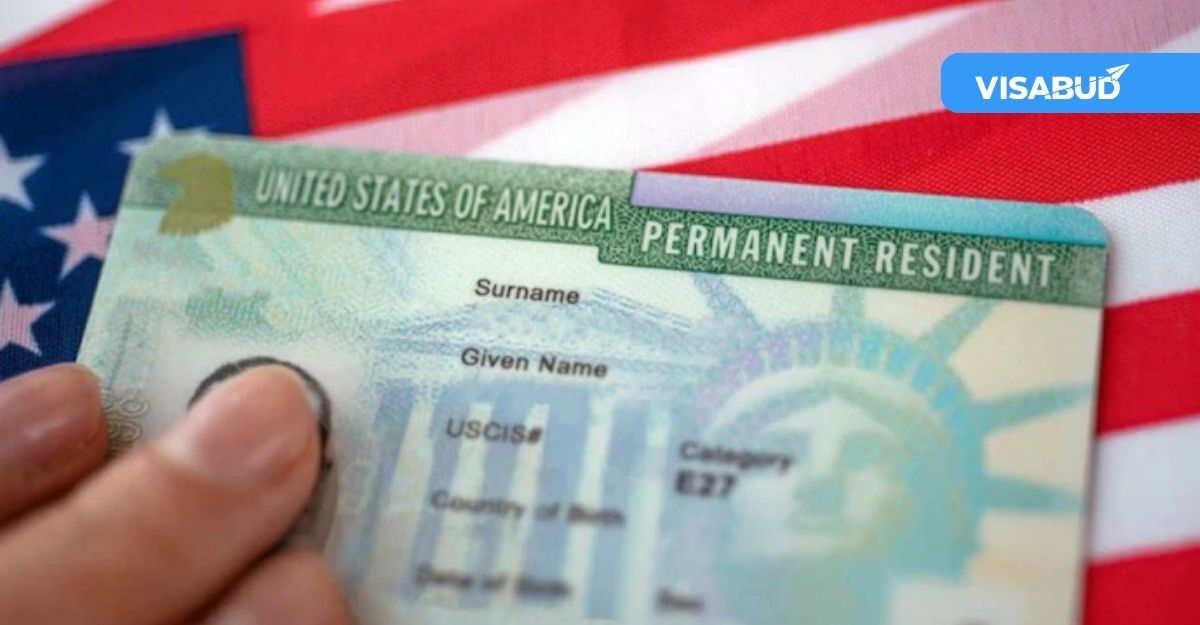The U.S. Indian nationals awaiting green cards saw no good news in the latest June 2025 update from the Department of State. Despite growing backlogs and high demand, there has been no movement in key visa categories continuing a frustrating trend for thousands of skilled professionals and families.
Employment-Based Green Cards Still Delayed
In the employment-based green card category, the situation remains stuck. The EB-2 category, which applies to individuals with advanced degrees or exceptional abilities, is still holding at a priority date of December 1, 2012. Similarly, the EB-3 category, generally used for skilled workers and professionals, has not moved from February 1, 2013.
What this means is that Indian applicants with later priority dates in these categories must keep waiting often for many years. These delays are particularly tough for highly skilled workers, including engineers, IT professionals, and healthcare workers, many of whom have been contributing to the U.S. economy while on temporary visas for over a decade.
Slight Positivity in EB-5 Investor Visas
There’s , be that as it may, a little ray of trust within the EB-5 financial specialist category. The general EB-5 categories like C5, T5, I5, and R5 remain backlogged, with dates stuck at November 1, 2019. But the Set-Aside categories, which include investments in rural areas, high unemployment zones, and infrastructure projects, remain “Current.” This means people applying under these investment paths can proceed without facing delays.
Family-Based Categories: Minor to No Progress
Family-sponsored green card applicants are also feeling the pressure. The F1 category covers unmarried adult children of U.S. citizens) was frozen on November 22, 2015. The F3 visa covers married adult children of American citizens) hasn’t moved since July 1, 2010. The F4 category (siblings of U.S. citizens) saw a minimal update, now sitting at August 8, 2006.
Many people face years of being away from their loved ones due to these immigration delays.
Why Are These Delays Happening?
The main issue is the annual cap on green cards from each country. India has a large number of applicants, especially in employment-based categories, but the per-country limits create long queues. Until U.S. immigration laws are updated to address these imbalances, the backlog is expected to continue.
What Role Does USCIS Play?
While the U.S. Department of State releases visa bulletins, the U.S. Citizenship and Immigration Services processes immigration benefits for those applying from within the country. It doesn’t issue visas itself, but it decides if applicants qualify for green cards, work permits, and other benefits. Once USCIS approves a case, the applicant then waits for a visa number based on the bulletin.
Also check : How To Obtain A Multiple-Entry US Visa (B1/B2)
Timely Visa Alerts Made Simple – VisaBud



